Charlotte experienced rapid growth at the turn of the 20th century, and the population also increased slowly. Uptown was barely growing in 1900, but that is where the city began to take shape. Charlotte became North Carolina’s largest city in 1910, surpassing Wilmington.
After World War I, when the U.S. government built Camp Greene north of Wilkinson Boulevard, the city’s population increased again. After the war, many soldiers and suppliers stayed, launching urbanization which eventually overtook older cities along the Piedmont Crescent. Charlotte was only the second-largest city in North Carolina in 1920, with Winston-Salem having 48,395, two thousand more people than Charlotte.
Below are some stunning historical photos that show what Charlotte looked like at the turn of the 20th century. Also, check what Charlotte looked like in the late-19th century.
#1 United States Post Office in Charlotte, 1908
#2 Stratford Hotel, 1904

The Stratford Hotel was located at 227 North Tryon Street. It had thirty-seven rooms and was completed in 1899. It was originally called the Leland Hotel. In the 1915-1916 Charlotte City Directory, it was known as the Tryon Hotel. The Haverty Furniture Company used the building for around thirty-five years until 1983 when they renovated the building for office space.
#3 College Street, 1904
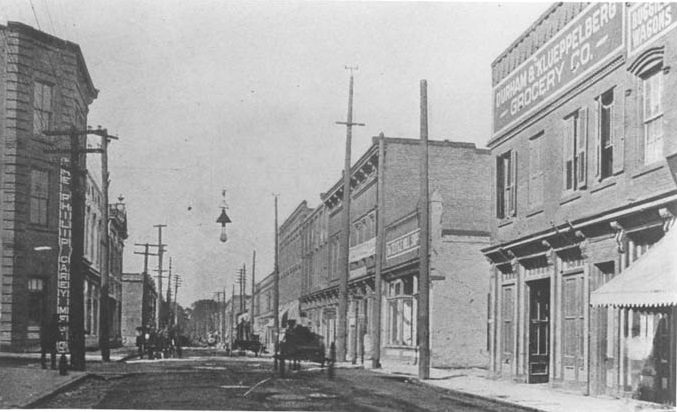
This photograph captures the activities on College Street while looking north from East 4th Street. Philip Carey Manufacturing is on the left at 216 South College Street. They sold cement, roofing materials and pipe coverings. The Klueppelberg Grocery Company was located at 201 S. College Street.
#4 Looking south on College Street from the intersection of East 4th Street, 1904
#5 College Street, 1904
#6 Hoover Livery Stables, 1905
#7 Southern Railroad Station, 1909
#8 Mercy Hospital, 1906

Mercy Hospital was founded by the sisters of Mercy of Belmont, North Carolina in February 1906. Originally it was a twenty-five-bed facility in a wooden building on East First Street behind St. Peter's Roman Catholic Church. The second facility, pictured here, is the seven-story maternity wing. Physical Description: 3x5 Publisher: B & H Photo Company
#9 Aerial view North Tryon Street, 1909
#10 Carnegie Free Library, 1909
#11 Carnegie Library of Charlotte, 1906
#12 Aerial view of Charlotte, 1907
#13 Carnegie Library, 1907
#14 Cotton ready for shipping, 1906
#15 Tryon Street, 1903
#16 Robert M. Miller House, 1909
#17 North Graded School, 1907
#18 Presbyterian College for Women, 1909
#19 Confederate Monument, 1902

The Confederate Monument in Elmwood Cemetery was erected on June 30, 1887 by the builders Berryhill & Johnson. The Ladies' Memorial Association rasied $995 for its construction. Members of the Association included Mary A. Osborne, C.M. Gibbons, Sue B. Watts, Bessie M. Watts, Carrie Wittkowsky, Jane Renwick Wilkes, and Laura Morrison Brown. In May, the association discovered it did not have funds. John Wilkes offerred to finish the work at his factory, The Mecklenburg Iron Works for half the cost.
#20 First Presbyterian Church, 1908
#21 Charlotte Sanitarium, 1909

This picture of the Charlotte Sanitarium was copied from a 1909 postcard. The Charlotte Sanitarium operated from 1907 to 1942. These 100 rooms, privately owned hospital was located on the southeast corner of Seventh and Church Streets. The building was later used for offices before being demolished in the mid-1950s.
#22 Tompkins Tower, 1906
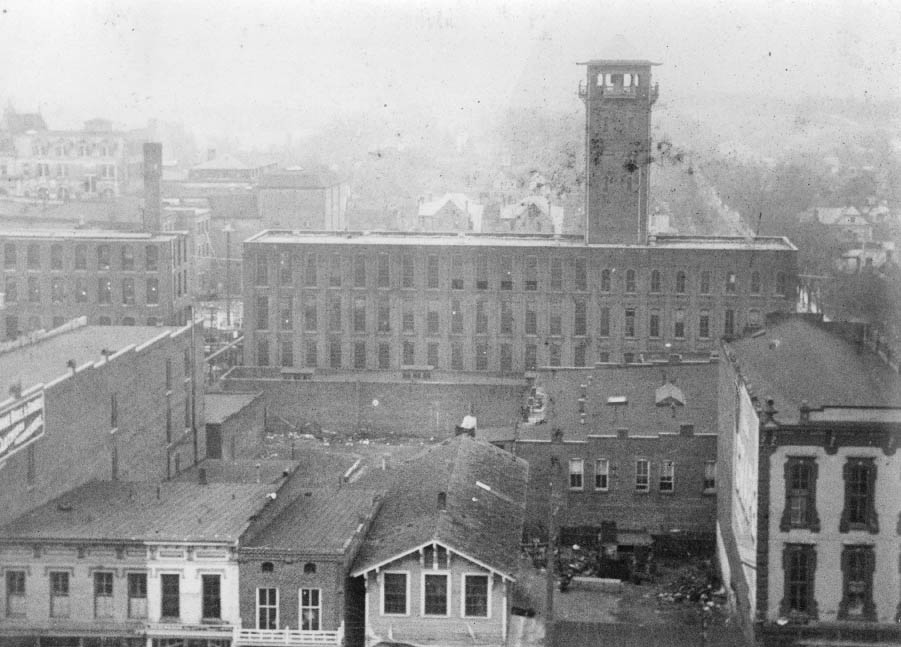
The Tompkins Tower, named for its owner, Daniel A. Tompkins was located at 133-135 South Church Street. It was built around 1905 and housed the Charlotte Observer newspaper between 1914 and 1923. This photograph was taken on January 2, 1906 from a water tower on North Church Street.
#23 Lakewood Park, 1900
#24 East Trade Street, 1904
#25 Vance Park, 1904
#26 North Tryon Street Showing YMCA and the Opera House, 1905
#27 North Tryon Street, 1904
#28 A view of West Trade Street from the intersection of Trade & Tryon Streets, 1904
#29 South Tryon Street looked in 1904 as one viewed it from the Square.
#30 Apartments in Charlotte, 1900
#31 Looking west on 4th Street from the intersection of College Street, 1904
#32 Harry Shaw (seated) was the first to sell ice cream cones in Charlotte, 1900
#33 The Queen City Hotel was located on the northeast corner of College and Fifth Streets, 1904
#34 Aerial view of Charlotte features City Hall, the Realty Building, and trolleys, 1900
#35 Charlotte Pipe & Foundry, 1900
#36 Wagon with cotton and machinery in the back was probably a traveling ginnery, 1900
#37 Cotton Machinery, 1900
#38 Workers on a farm carding and spinning cotton, 1900
#39 Farmers bringing their cotton crops to the town to sell, 1900
#40 Worker marking bales of cotton as sold, 1900
#41 Cotton being placed on round bales and roller compressor, 1900
#42 Third Mecklenburg Courthouse, 1905

The Third Courthouse was located at Church and Trade Streets. It was built in 1888 and located at Trade and Tryon Streets. Each of the tall, white columns were made from a single pine tree then stuccoed after being milled. It gives the appearance of marble. When the courthouse was torn down, no one recalled this fact, and the workers were surprised to discover perfectly preserved trees beneath the stucco. It was torn down in 1898.
#43 North Tryon Street as it appeared in 1905.
#44 Farmers lined up to bring their cotton to Charlotte market, 1900
#45 Charlotte High School Students, 1900
#46 Uptown Charlotte, 1905
#47 Jordan’s Drug Store, 1908
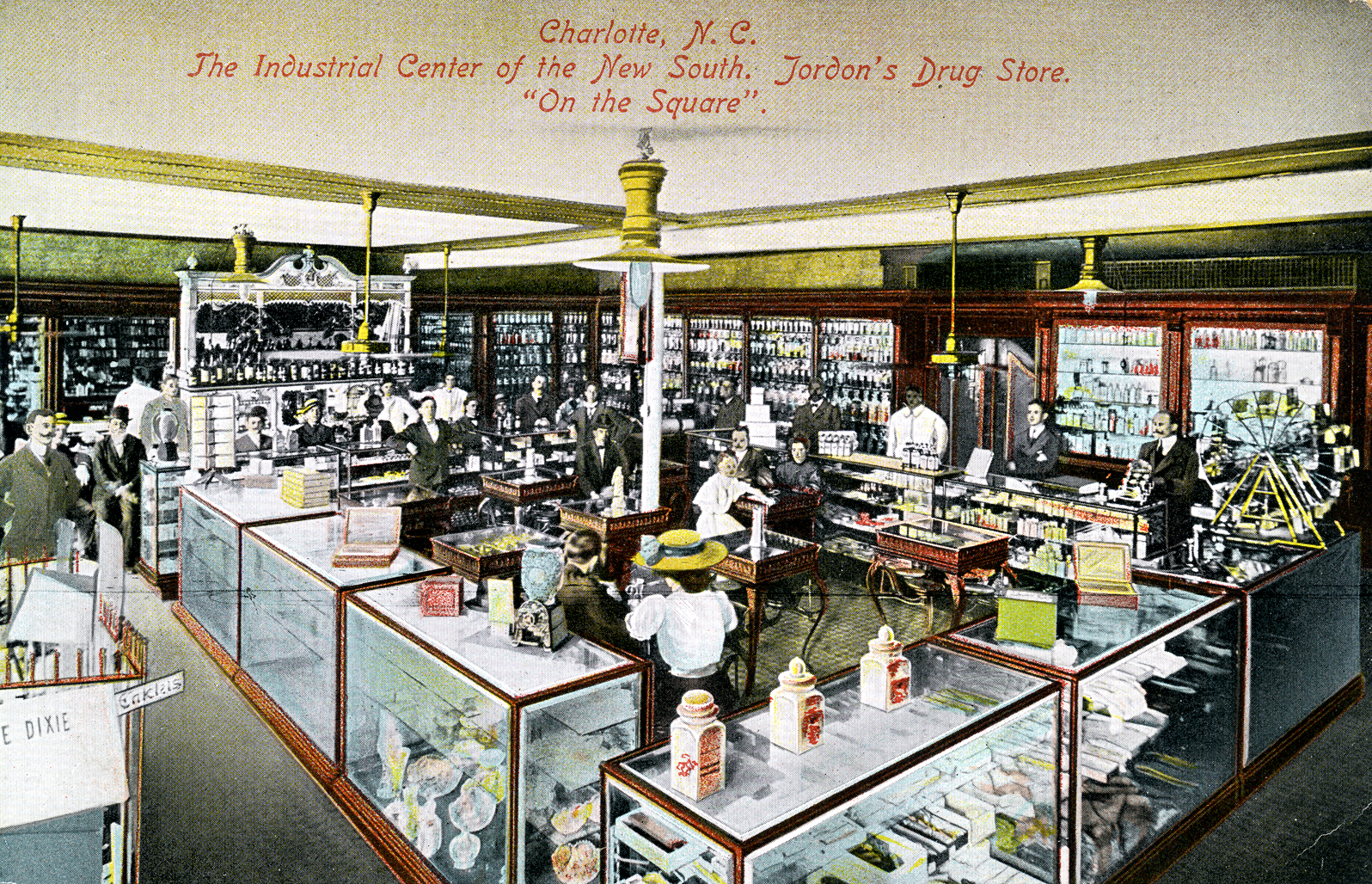
Jordan's Drug Store was located in the first block of North Tryon Street at the Square. Owned and operated by Robert Hall Jordan (1856-1908), a native of Chester, South Carolina, who moved to Charlotte where he opened a successful drugstore. He was also involved in banking and textiles.
#48 Horse & Buggy in front of Parker House, 1905

Thomas B. Hoover is shown driving one of the horse and buggies from his livery stable. Behind him is the Parker House, which is on the National Register of Historic Places. It was built in 1904, shortly before this photograph was taken, and became 901 Central Avenue once the road was named and the houses numbered. The owner of the house, Charles Parker, operated the Parker Gardner Music Store in Charlotte for a number of years.












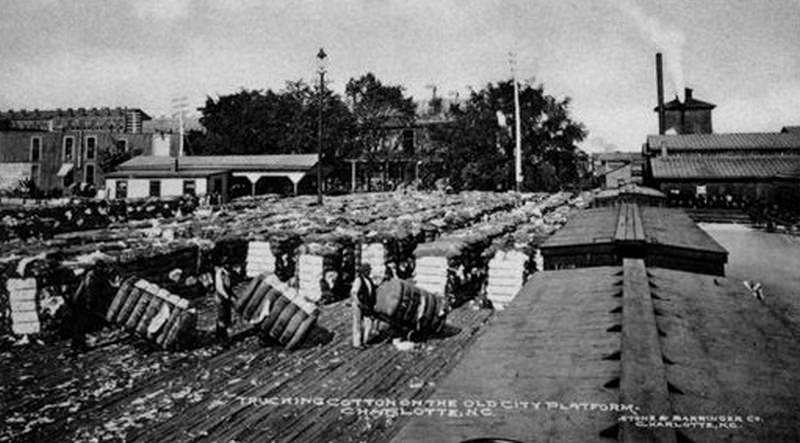




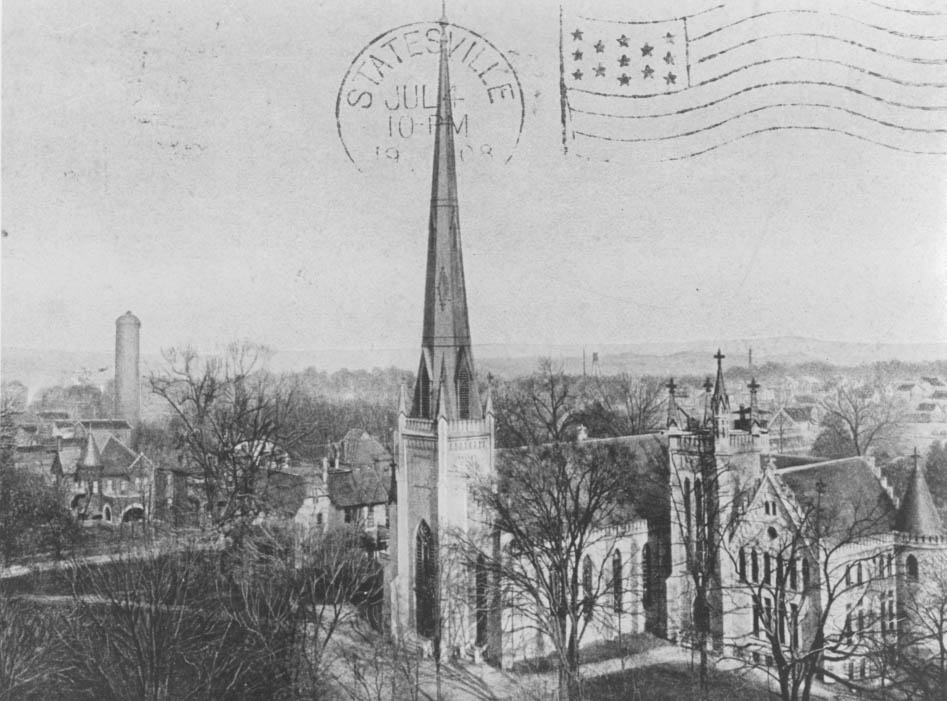



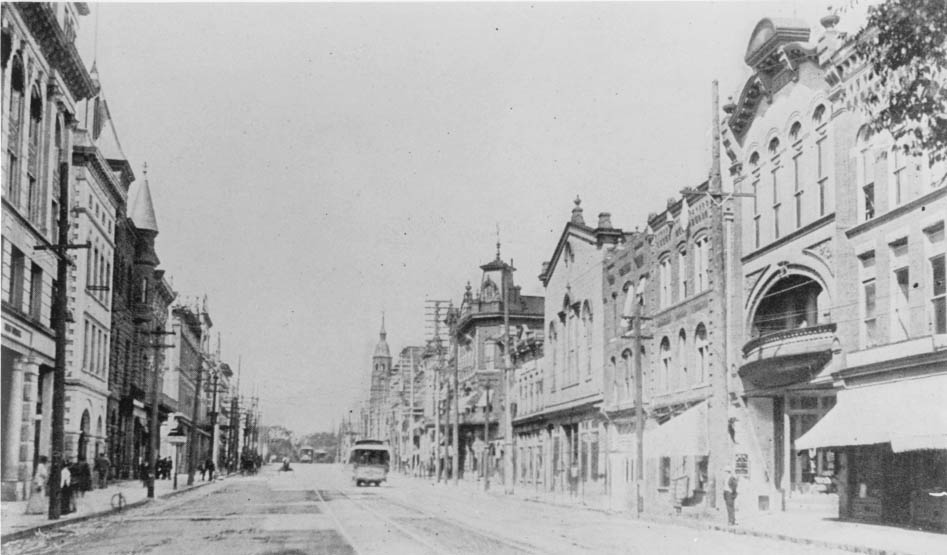
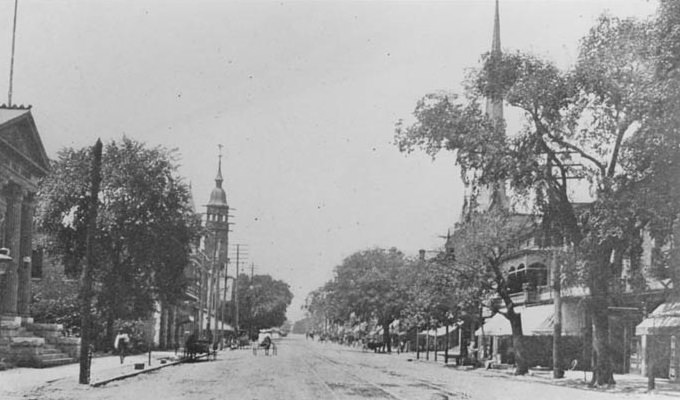
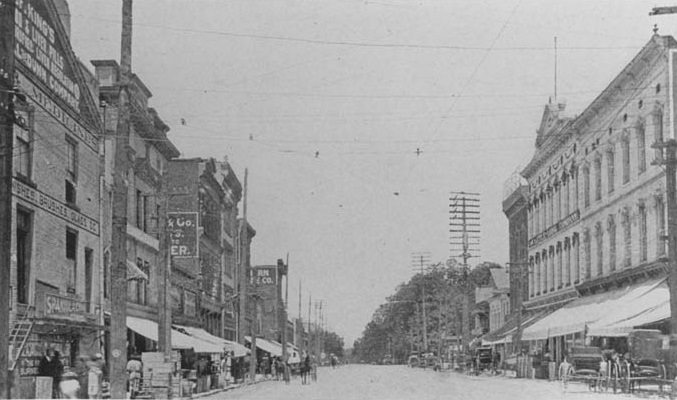




















Surprised to see the Carnegie Library wasn’t mentioned.
Man…….. they coulda turned the Carnegie Library into a brewery… 😂😜
Can’t believe they demolished the Carnegie Library. What a waste.
Charlotte loves demolishing historic buildings…The main library is still there, they’ve had to expand it a few times. I think this last renovation will remove all that remained of the original building.
Yeah some reason Charlotte loves to destroy history and build something new and shiny….then redo that in 10 years
At least it was replaced with a bigger one, though that old architecture is cool.
There are some extremely old libraries in my hometown (by American standards) and they’re basically art, inside and out.
Of course, since they were built, the population hasn’t grown anything like Charlotte’s. So keeping them as they were is pretty easy.
There’s a similar library in DC that they managed to preserve, despite it ballooning to 4x the population in the 30 years after its creation.
It took Charlotte 70 years to go from 100,000 to 300,000 in 1980, so I don’t think that was really a factor.
Here’s the DC one: https://en.m.wikipedia.org/wiki/Carnegie_Library_of_Washington_D.C.
DC probably preserves more than any other place in the US?
Charlotte had 34,000 people in 1910 per Wikipedia.
Do we know what year? Like 1980s or 1990s? I’ve been here a long time and doesn’t look familiar to me and I moved here in the 1900s